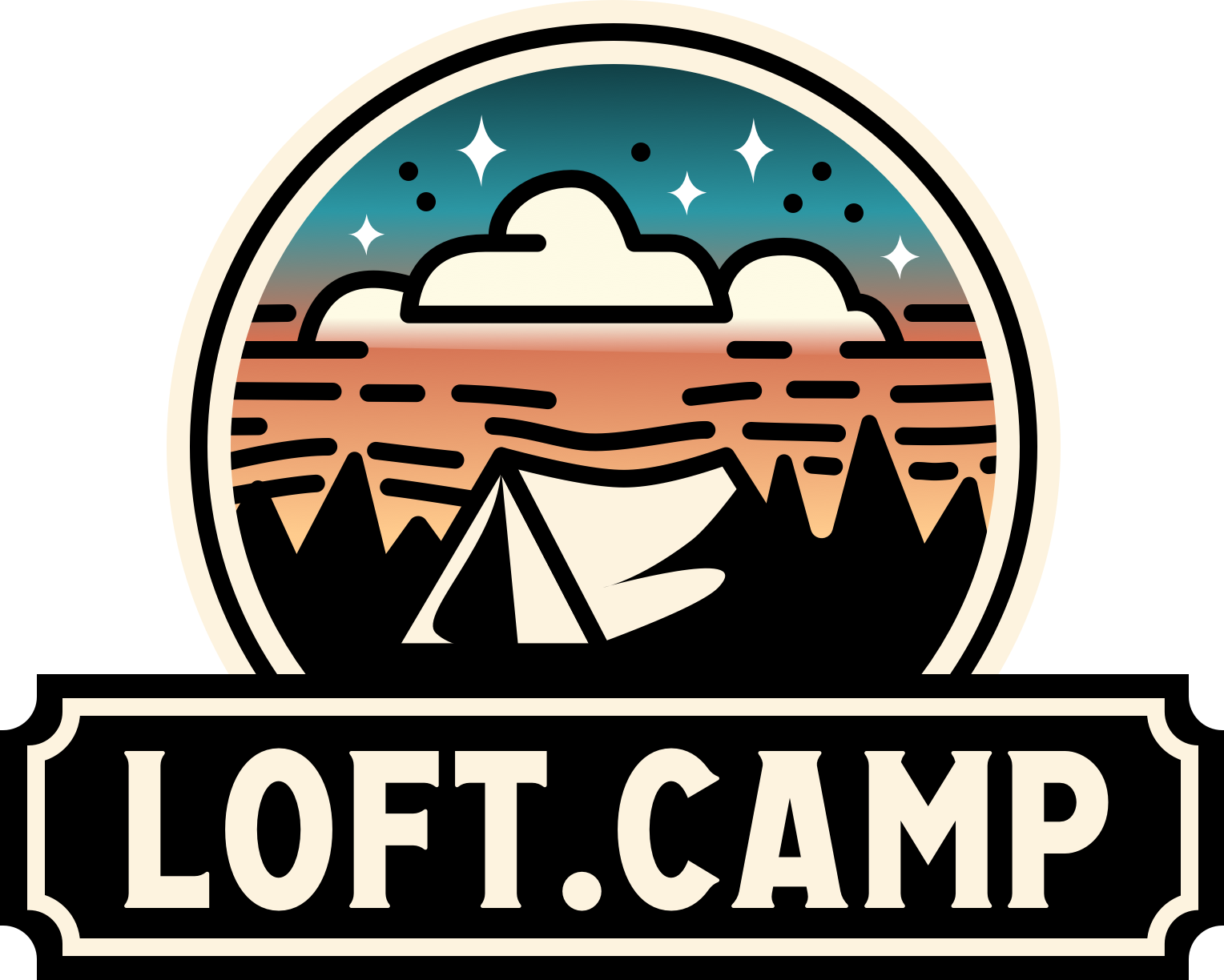Exploring the wilderness can be a rewarding experience, especially when you discover the abundance of edible plants nature has to offer. However, foraging for wild edibles requires knowledge and caution to ensure your safety and the sustainability of the environment. In this guide, we'll introduce you to some common edible plants, along with essential foraging tips to help you identify, harvest, and enjoy wild foods responsibly.
Exploring Edible Plants
Embarking on a foraging adventure opens up a world of culinary possibilities, but it's crucial to start with a solid understanding of which plants are safe to eat. Here are some common edible plants you might encounter in the wild:
Wild Berries
Wild berries are often abundant in forests and meadows during the summer months. Varieties such as raspberries, blackberries, blueberries, and strawberries are not only delicious but also packed with nutrients. However, be cautious and ensure proper identification, as some berries may resemble poisonous varieties.
When foraging for wild berries, look for plants with familiar characteristics, such as thorns on blackberry bushes or the distinctive shape of raspberry leaves. It's also a good idea to sample a small amount of any unfamiliar berry and wait a few hours to ensure there are no adverse reactions before consuming larger quantities.
Edible Greens
Many common weeds and wild plants are also edible and nutritious. Dandelion greens, chickweed, purslane, and lamb's quarters are just a few examples of wild greens that can be harvested and incorporated into salads, soups, or stir-fries. When foraging for greens, choose plants growing in clean, pesticide-free areas, and avoid those growing near roadsides or contaminated soil.
Before consuming any wild greens, it's essential to positively identify them and ensure they have not been treated with herbicides or pesticides. Start by learning to recognize the distinctive features of each plant, such as leaf shape, texture, and growth habit.
Foraging Tips for Beginners
Foraging for wild edibles can be a rewarding and enjoyable activity, but it's essential to approach it with caution and respect for the environment. Here are some essential foraging tips for beginners:
Invest in a Reliable Field Guide
A comprehensive field guide to edible plants is an invaluable resource for any forager. Look for guides specific to your region and choose ones with detailed descriptions, clear photographs, and information on habitat and seasonality.
Learn to Identify Plants Safely
Proper plant identification is the cornerstone of safe foraging. Take the time to study and practice identifying edible plants in their natural habitat. Pay attention to key features such as leaf shape, flower characteristics, and growth habits.
- Attend guided foraging walks or workshops led by knowledgeable experts.
- Start with a few easy-to-identify plants and gradually expand your knowledge as you gain experience.
Harvest Responsibly and Sustainably
When foraging, only take what you need and avoid overharvesting to ensure the continued health of plant populations and ecosystems. Harvest from areas where plants are abundant and leave some behind to regenerate and reproduce.
Be Aware of Potential Risks
While many wild edibles are safe and nutritious, some plants can be toxic if consumed. Always positively identify plants before eating them and be cautious when trying new species. If in doubt, err on the side of caution and avoid consuming unfamiliar plants.

